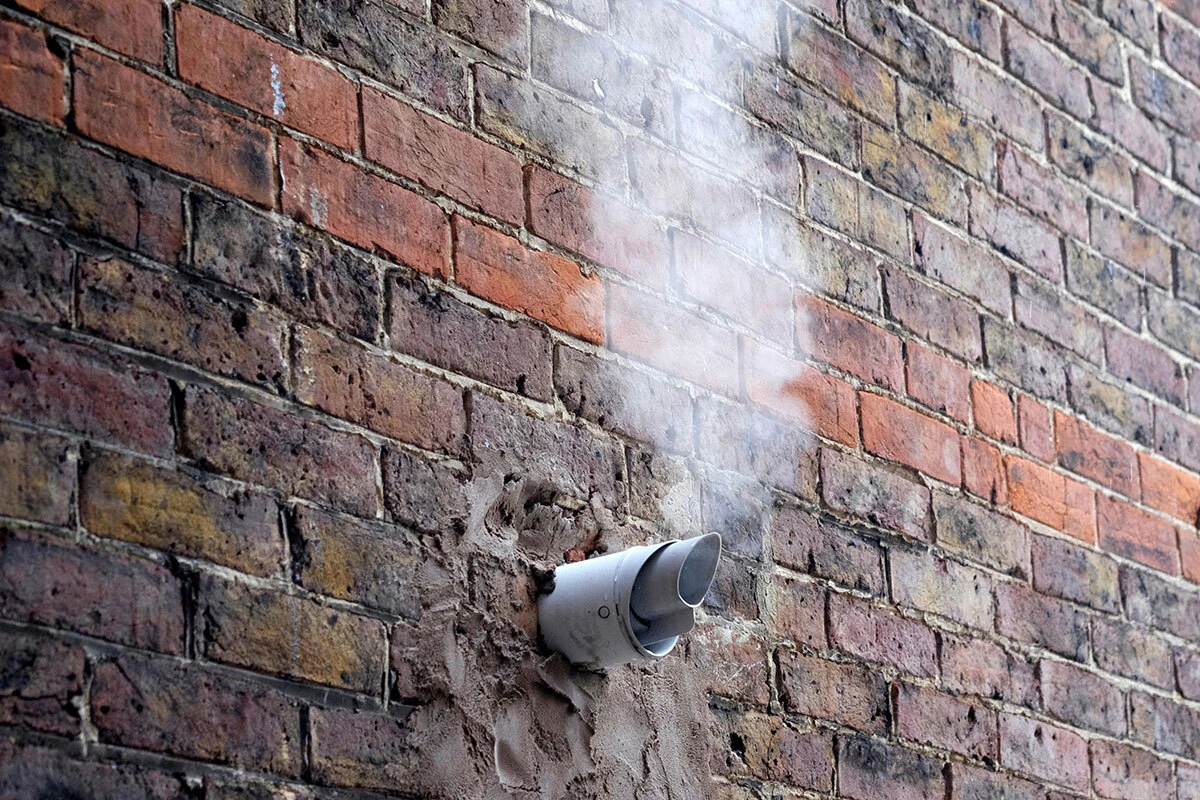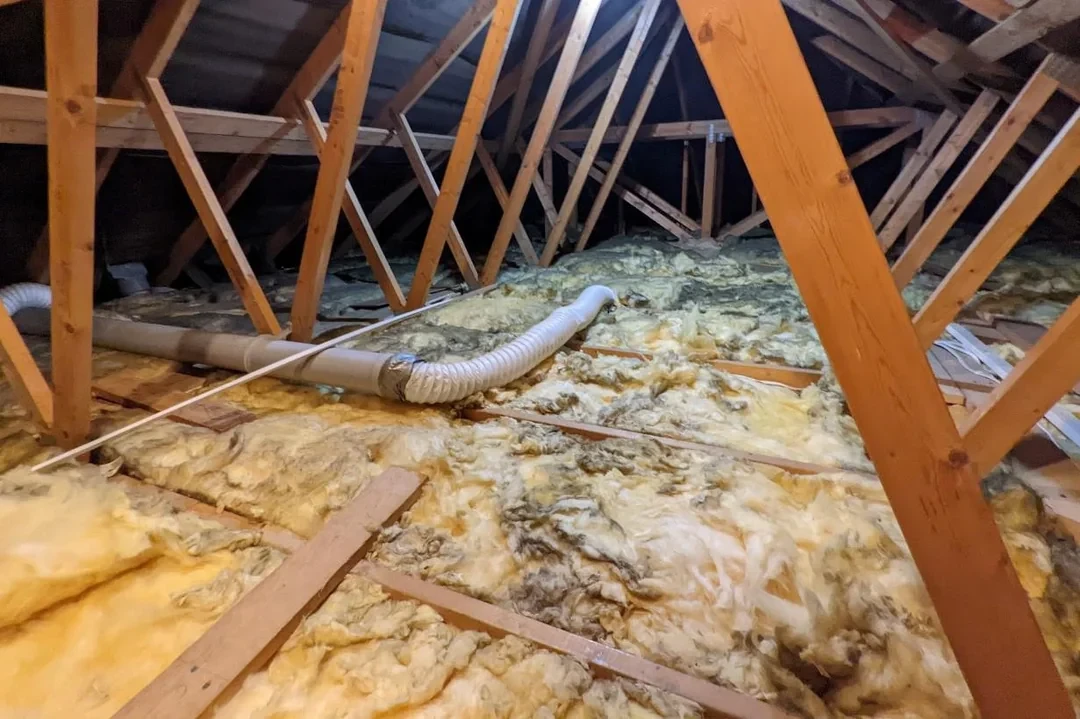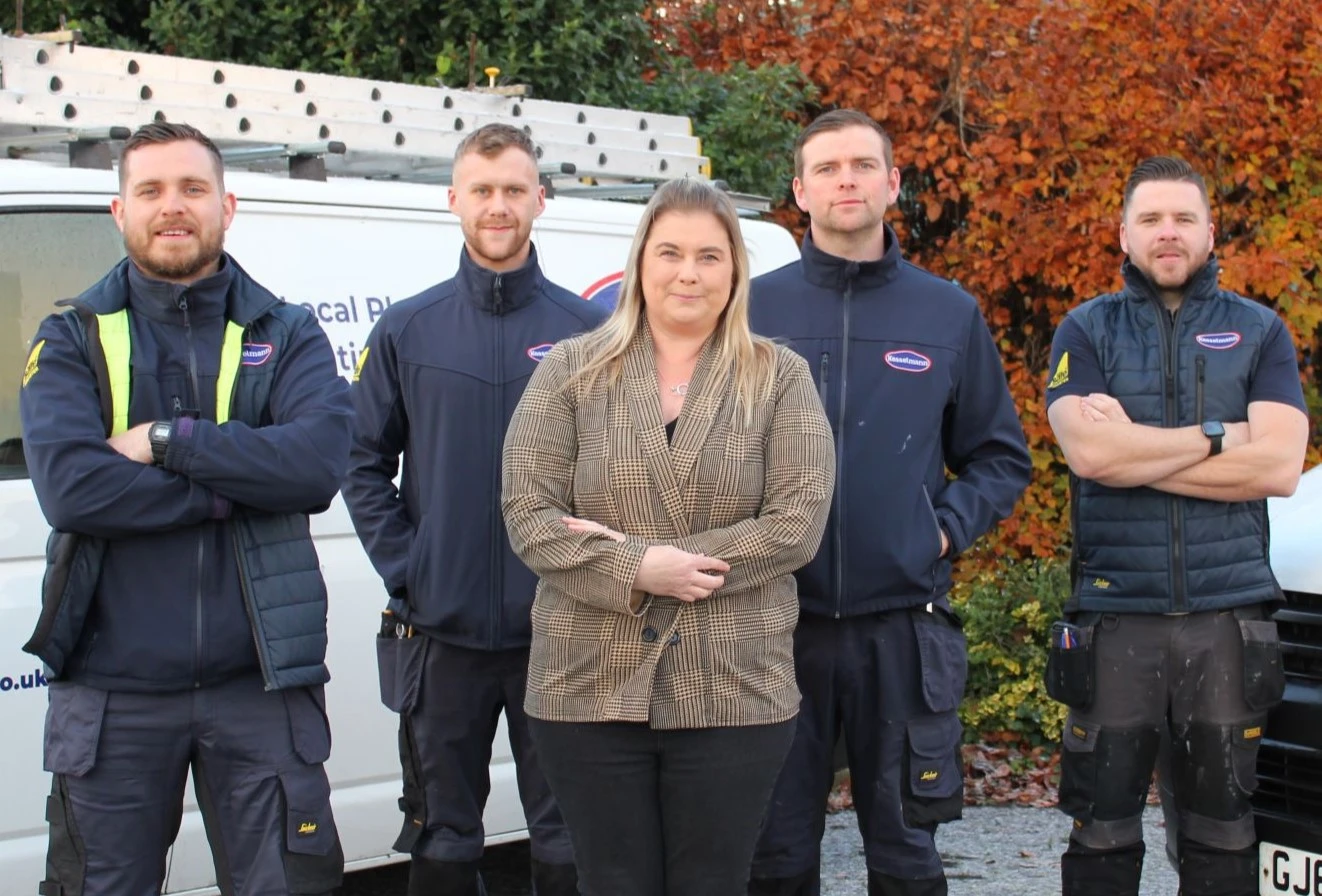25/01/2025
Contents
- What Is an Unvented Cylinder and Why Choose One?
- Is Your Loft Suitable for an Unvented Cylinder?
- Benefits and Drawbacks of Installing an Unvented Cylinder in Your Loft
- Regulatory and Safety Considerations
- The Importance of Professional Installation and Certification
- Is Installing an Unvented Cylinder in a Loft Right for You?

When it comes to ensuring a steady supply of hot water in your home, an unvented cylinder can be an excellent choice.
These systems are efficient, reliable, and capable of meeting the demands of modern households. But what if space is limited—or the only viable option is your loft? Can an unvented cylinder be installed in a loft space?
This guide explores the feasibility, advantages, and considerations, offering expert advice every homeowner should know.
What Is an Unvented Cylinder and Why Choose One?
An unvented cylinder stores hot water and connects directly to your mains water supply, providing high water pressure and flow rates—perfect for baths, showers, and multiple taps running simultaneously.
Unlike traditional vented systems, they don't require a cold water tank, saving you space while ensuring energy efficiency.
Key benefits of unvented cylinders include:
Constant Pressure: Because they connect to your mains water, there's no drop in water pressure, even during peak usage.
Space-Saving Design: Without the need for a loft tank, they free up storage space in your home.
Energy Efficiency: Their insulation reduces heat loss, meaning you save on energy bills.
These benefits make unvented cylinders an increasingly popular choice for many UK homes—but is your loft capable of housing one?
Is Your Loft Suitable for an Unvented Cylinder?
The short answer is yes—unvented cylinders can be installed in a loft. However, ensuring the loft space is suitable is crucial for safety, accessibility, and compliance with regulations.
Key considerations include:
Structural Strength: Lofts aren’t typically designed to hold heavy equipment. An unvented cylinder plus water can weigh over 300 kilograms. Reinforcing your loft floor with appropriate joists or boarding is essential.
Access and Maintenance: A loft-installation will require safe access. Some manufacturers demand fixed loft ladders, handrails, and adequate permanent lighting to comply with safety and warranty conditions.
Ventilation: Adequate ventilation is critical to prevent overheating or moisture build-up. Your loft space must meet these ventilation standards.
Temperature Regulation: Extreme temperatures in a poorly insulated loft can impact cylinder performance. Insulating both the cylinder and the loft space is a must.
Homeowners should consult a with a professional to assess whether their loft meets these requirements and determine the work needed before installation.
Benefits and Drawbacks of Installing an Unvented Cylinder in Your Loft
Advantages:
Space Optimisation:
Relocating your cylinder to the loft frees up valuable space elsewhere in your home, such as airing cupboards or utility rooms.
Improved Aesthetics:
By keeping your water-heating system out of sight, your living spaces remain neat and visually appealing.
Centralised Location for Heating Systems:
If your heating system components, like boilers, are already in the loft, it makes logistical sense to position the unvented cylinder there too.
Disadvantages:
Cost of Installation:
Preparing a loft for a cylinder often involves additional expenses, including reinforcing floorboards, creating adequate access, and adding insulation or lighting.
Maintenance Challenges:
Although not common, a loft location can make cylinder maintenance slightly less convenient and potentially hazardous for engineers compared to ground-floor setups.
Manufacturer Constraints:
Failure to adhere to placement guidelines from the cylinder manufacturer could void your warranty, leaving you unprotected in case of issues.
Understanding these pros and cons ensures that you can make an informed decision based on your specific needs and situation.
Regulatory and Safety Considerations
Compliance with building regulations and manufacturer safety requirements is non-negotiable when installing an unvented cylinder in a loft. Here are the vital points to consider:
Building Regulations:
UK law states that unvented cylinders must be installed by a G3-certified engineer. This ensures compliance with Pressure Systems Safety Regulations, guaranteeing proper installation of temperature and pressure release valves.
Manufacturer-Specific Requirements:
Manufacturers often specify provisions for loft installations to maintain product warranties. These include:
Fixed Loft Ladders for safe access.
Handrails to ensure stability.
Permanent Lighting to improve accessibility during repairs or servicing.
Thick, Reinforced Boards to handle the equipment's weight and pressure.
Safety Features:
Unvented cylinders are equipped with safety mechanisms, including expansion vessels and thermostatic controls, to protect against issues. However, professional installation and routine inspection are essential to their continued function.
Emergency Drains:
Loft installations need provisions for safe drainage in case of malfunction to prevent water damage to lower floors.
Falling short on any of these points can compromise system safety and invalidate warranties.
The Importance of Professional Installation and Certification
Installing an unvented cylinder in a loft is a highly specialised task. A certified professional (with G3 qualifications) will:
Evaluate Your Loft to ensure it can safely house the cylinder.
Perform Reinforcements, including loft boarding or joist upgrades to sustain the cylinder's weight.
Install Safety Mechanisms, such as pressure release valves and emergency drainage systems.
Provide a Compliance Certificate, validating that the work meets UK building regulations.
Be wary of cost-cutting measures or unverified installers. Professional expertise is a worthwhile investment to ensure a secure, long-lasting installation.
Is Installing an Unvented Cylinder in a Loft Right for You?
Relocating an unvented cylinder to your loft can help optimise space and modernise your water system. However, this decision must account for structural, safety, and regulatory considerations. Whether you’re in the planning stage or finalising details, always seek advice from certified experts to ensure your system runs efficiently and safely.
If you’re unsure where to start, reach out to our team of licensed professionals. We can assess your home’s setup, advise on solutions, and install your unvented cylinder to the highest standards. Take the first step towards a smarter heating system today—contact us for a no-obligation consultation.
Other related guides
Do You Need to Get Your Unvented Cylinder Serviced?
How to Choose the Right Unvented Cylinder for Your Home
Why Is My Unvented Cylinder Losing Pressure?













